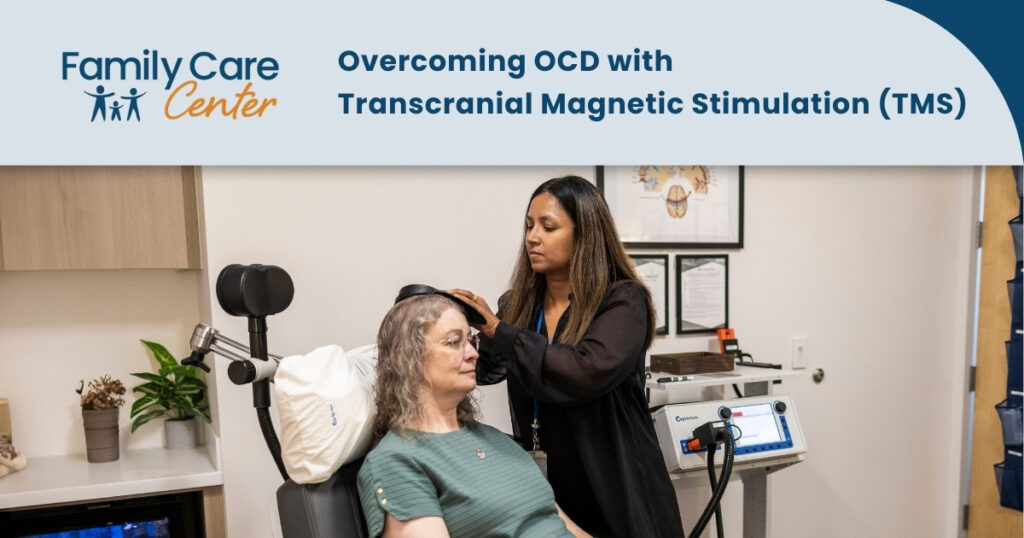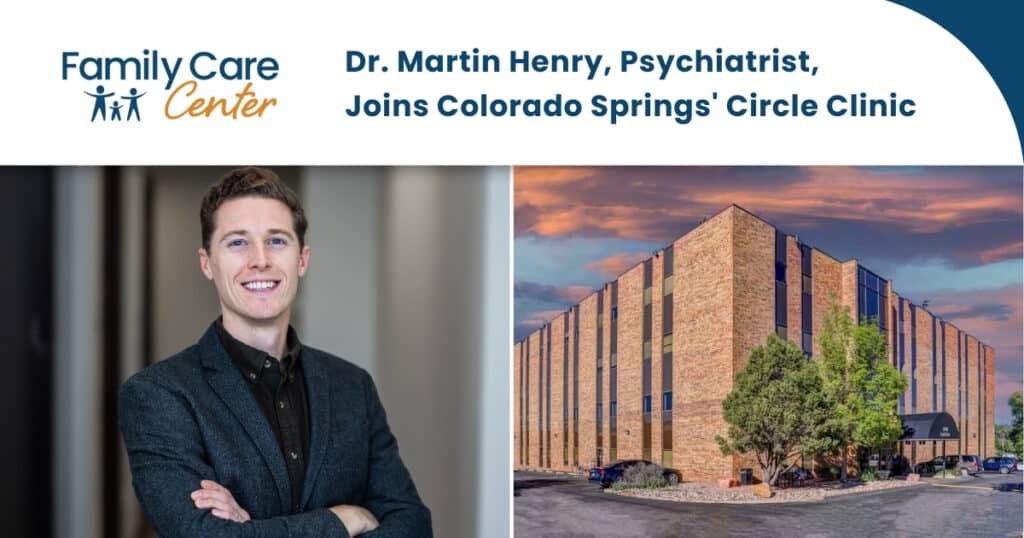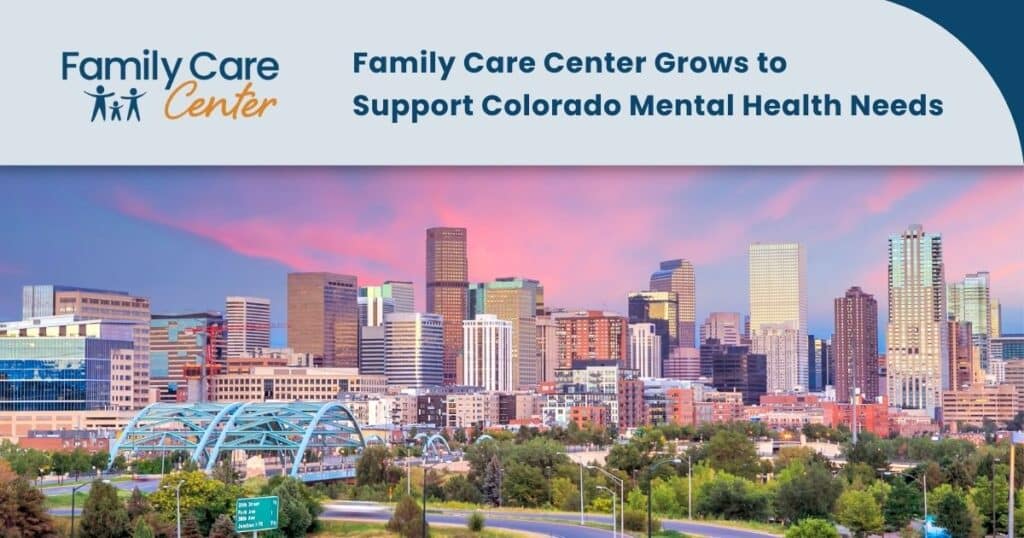Observed in the third full week of October, for over twenty years, it has been celebrated as National Health Education Week (NHEW). The Society for Public Health Education, co-sponsors the week along with the U.S. Department of Health and Human Services. Mental health is integral part of our health and can be impacted by complex set of factors, including our demographics, genetics, biology, past experiences, and spiritual beliefs. Mental Illness is highly prevalent with nearly one in five adults in the United States being diagnosed with some form of mental health disorder (52.9 million in 2020), this represents 21 percent of all the U.S adults. (1) Of these, anxiety disorders are the most common mental illnesses in the U.S., affecting nearly 40 million adults, representing 19.1 percent of the population. (1) The five commonly seen Anxiety Disorders are:
Generalized anxiety Disorder (GAD):
Generalized Anxiety Disorder is characterized by persistent worry or anxiety about various areas of life, with little or no reason to provoke it. There are times when these worries might not be all consuming, but still, you feel anxious for no reason and a general sense that something bad is going to happen. There can be physiological symptoms that accompany GAD, and these include fatigue, trouble falling or staying asleep, muscle tension, irritability, nausea, or diarrhea and feeling twitchy or getting easily startled. GAD affects 6.8 million adults, which is 3.1 percent of the U.S. Population, yet only 43.2 percent of those are receiving treatment. (1)
Obsessive Compulsive Disorder (OCD):
OCD is a type of anxiety disorder and is characterized by pattern of unwanted thoughts (obsessions) and/or repetitive behaviors (compulsions). Though obsessions are typically associated with compulsions, it is possible that that you might have only one of the symptoms. Commonly seen compulsive behaviors include hand washing, counting, checking, or cleaning, often performed with the hope of preventing or getting rid the distressing obsessions. However, these rituals offer only temporary relief. OCD can be very distressing, lead to feelings of shame and embarrassment, and impact day to functioning at home, school and in social settings. OCD affects 2.5 million adults, which is 1.2 percent of the U.S. population. One out three affected adults, first experience these symptoms in childhood. (1)
Panic Disorder:
Panic disorder is a form of Anxiety Disorder characterized by repeated and unexpected bouts of overwhelming fear. It is accompanied by physiological symptoms which include chest tightness or pain, racing heart, shortness of breath, nausea, shaking, excessive sweating, lightheadedness, sense of choking and often feeling out of control. Panic attacks can last anywhere from few minutes to several hours. Panic disorder can be disabling and prevent you from leaving the home and participating at work, school, or the society. Panic Disorder affects 6 million adults or 2.7 percent of the U.S. population. (1)
Post-Traumatic Stress Disorder (PTSD):
Post Traumatic Stress Disorder is a mental health condition that is triggered after experiencing or witnessing a traumatic event. PTSD can cause intense, intrusive thoughts and feelings related to the traumatic experience that last long after the traumatic event has occurred. You may relieve the event though flashbacks or nightmares. There may be disturbing emotions including sadness, fear, or anger, and avoidance of people and situations that remind you of the trauma. It may cause feelings of detachment or estrangement from other. PTSD affects 7.1 million adults or 3.6 percent of the U.S. population. (1)
Social Phobia (Social Anxiety Disorder):
Social Phobia is characterized by intense fear of talking with strangers or in a social setting, worry that you might embarrass yourself or may get judged negatively and fear that others will notice your anxiety. Social anxiety can significantly impact day to day function in the society as you may avoid new situations, events or speaking with people, due to fear of embarrassment. Many times, anxiety may worsen just with the anticipation of social interaction. Social Phobia affects 15 million adults, which represents 7.1 percent of the U.S. population. Approximately 36 percent of these individuals wait for ten or more years before seeking treatment. (1)
Anxiety disorders can present in many other forms, for example, specific phobias, acute stress disorder, adjustment disorder, hoarding body dysmorphic disorder, trichotillomania or could be induced by substance use or a medical issue. Anxiety disorders co-exist with other mental health disorders, most commonly with depression and others such as ADHD, Bipolar disorder, Alcohol or Substance Use Disorder. Anxiety disorders also commonly co-occur with other medical illnesses such as diabetes, high blood pressure, cancer, thyroid, and other endocrine disorders. People with anxiety disorder are 3-5 times more likely to have a doctor’s visit in a year and 6 times more likely to be psychiatrically hospitalized. (1) It is important to identify and treat both the co-occurring illnesses and the anxiety. Anxiety disorders are very treatable utilizing various forms of therapy, psychotropic medications and in certain cases with Transcranial Magnetic Stimulation (TMS).
Despite the significant negative impact that anxiety disorders have on the suffering individuals physical, emotional, and social wellbeing, many of us hesitate to seek treatment. In fact, only 36.9 percent of people who struggle with anxiety receive treatment. This could be due to lack of awareness, stigma related to mental illness and poor access to mental health treatment services. Anxiety and other metal health disorders impede our wellbeing, decrease our productivity, and reduce our potential to participate fully in our community. Call us today at, 970-463-2263, and know your treatment options for anxiety and related mental health disorders!





